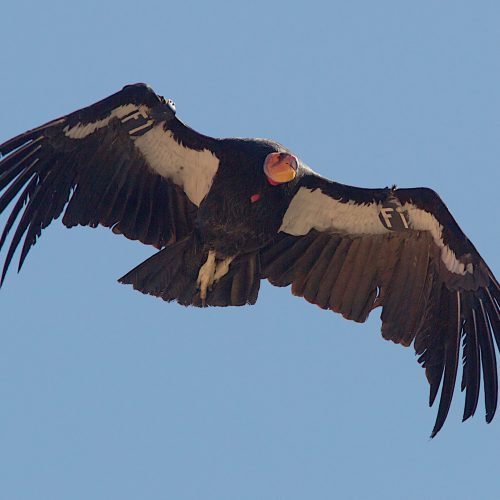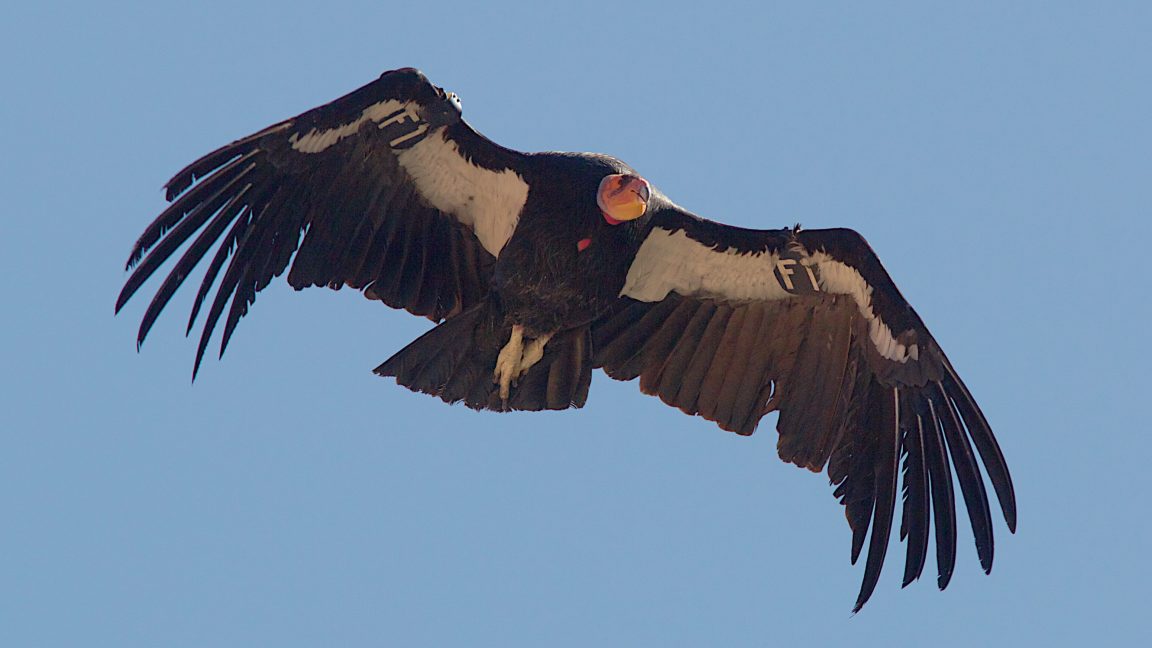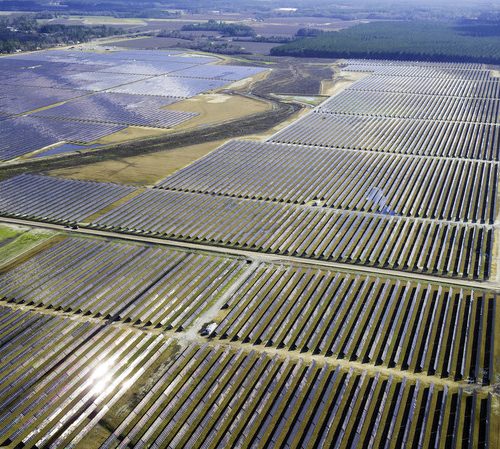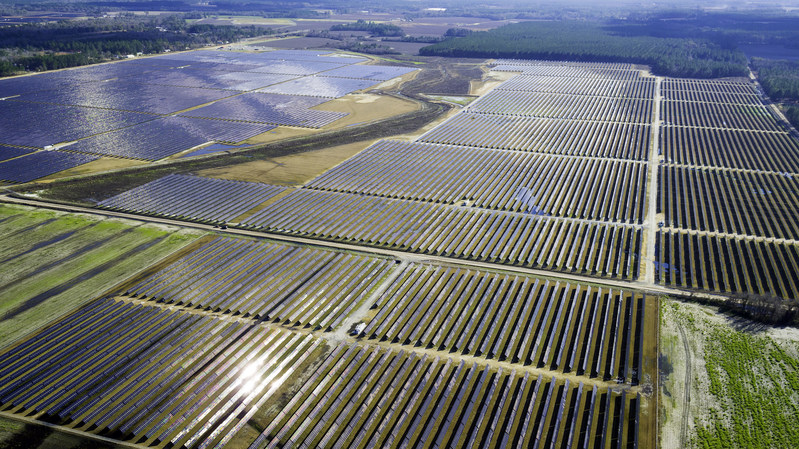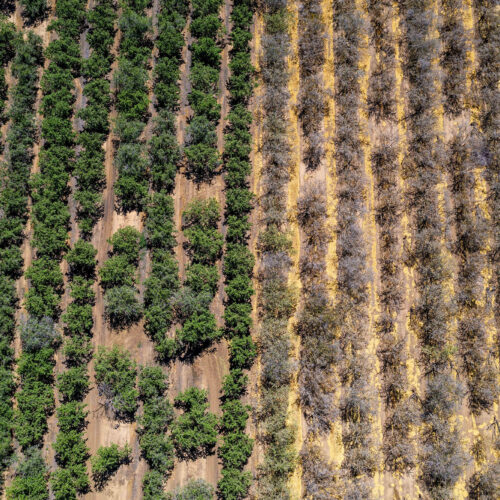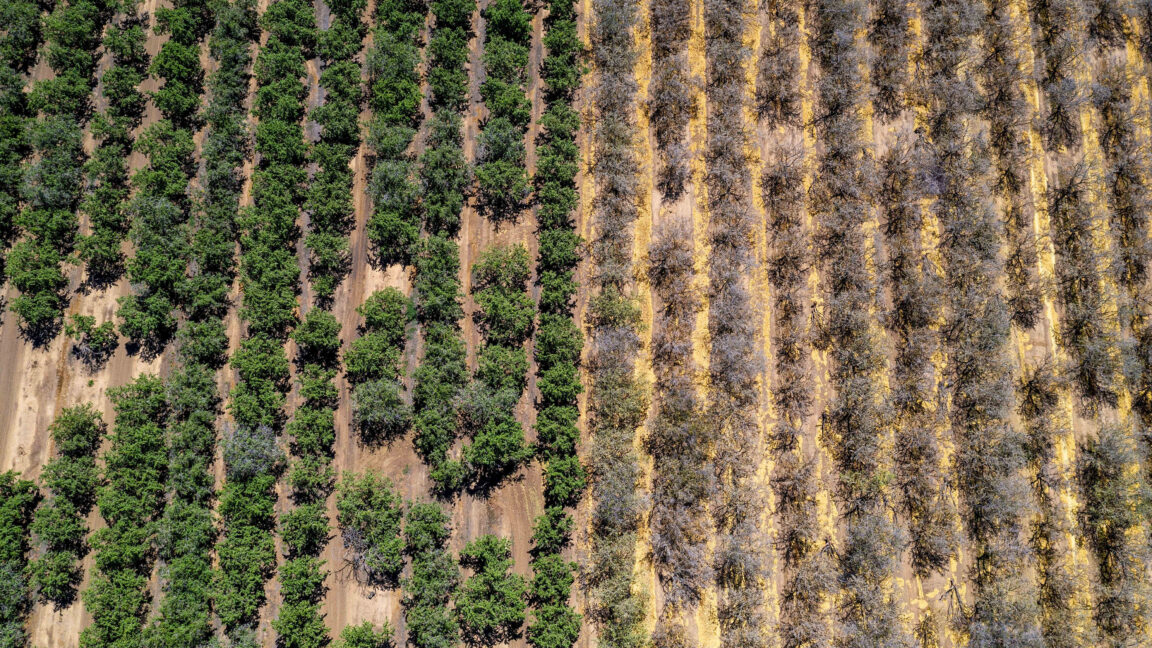Moon rocks reveal hidden lunar history
In the summer of 2024, a robotic mission landed for the first time on the far side of the Moon. The Chinese Chang’e-6 lander planted a flag, dug up more than four pounds of rock and soil, and brought it back home—an accomplishment widely lauded as a technological tour de force.
That mission, and the 2020 Chang’e-5 robotic mission before it, are the first to return lunar rocks to Earth since the 1970s. Together they are building on what scientists learned from Apollo-era missions, helping to unravel mysteries about how the Moon was formed and why it looks the way it does today, and providing clues about our solar system’s history.
But big puzzles remain, such as why the far side of the Moon—the half that always faces away from Earth—is so radically different from the near side. And what is behind the surprising finding that lunar volcanoes may have been active much more recently than previously thought? “The more we look at the Moon, the more we’ve discovered—and the more we realize how little we know,” says Clive R. Neal, a geologist at the University of Notre Dame who specializes in lunar exploration.
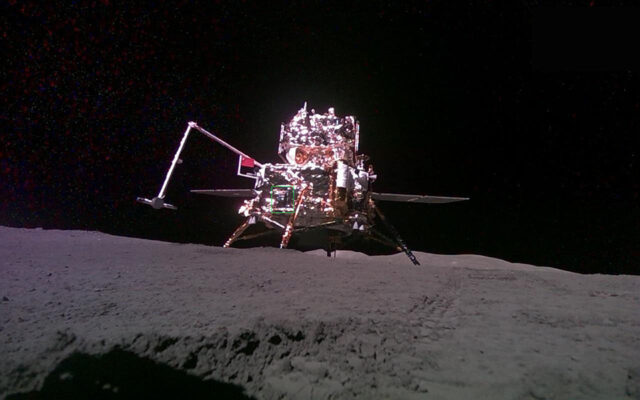 China’s 2024 Chang’e-6 robotic lander mission brought more than four pounds of rocks from the far side of the Moon back to Earth.
Credit:
CNSA / CAS
China’s 2024 Chang’e-6 robotic lander mission brought more than four pounds of rocks from the far side of the Moon back to Earth.
Credit:
CNSA / CAS
With NASA planning to send astronauts back to the Moon’s surface in 2027 for the first time since 1972, geologists are excited about what rocks they might find there and the scientific secrets those samples could reveal—along with what resources could be mined for a future Moon base, or for renewable energy back home on Earth.
Origin story
The samples brought home from the Moon in the 1970s by the Apollo missions and the Soviet Union’s Luna missions cleared up quite a lot about the Moon’s history. Because the lunar samples shared strong similarities with Earth rocks, this added weight to the idea that the Moon was formed when a Mars-sized object called Theia collided with the proto-Earth roughly 4.5 billion years ago.
Debris from the impact was thrown into orbit around Earth and eventually coalesced into the Moon. In its early days, the Moon was entirely molten. As the magma ocean cooled over hundreds of millions of years, the Moon formed a crust and a mantle below. Giant pools of lava filled impact craters and settled into the lunar lowlands, or maria (Latin for “seas”), while highlands and volcanic domes loomed above them. Eventually, the volcanism died out.
Without plate tectonics or weather, the only things left to alter the Moon’s cold, dead surface were meteorites. A lot of the Apollo-era samples were found to have formed from the heat and pressure of impacts around 3.9 billion years ago, suggesting that they were the result of a short period of intense pummeling by space rocks called the Late Heavy Bombardment.
But research since the 1970s has refined or changed this picture. Higher-resolution orbital images have revealed plenty of large impact craters that seem far older than 3.9 billion years, for example. And meteorites found on Earth, thought to have been ejected from various areas of the Moon during big impacts, have been found to span a huge range of ages.
All this work together suggests that the asteroid bombardment didn’t happen in one dramatic spike but rather over an extended period lasting from perhaps 4.2 billion to 3.4 billion years ago. In this scenario, the Apollo samples dated to 3.9 billion years likely all came from just one huge impact that spewed rock over a very wide area that happened to include the Apollo-era landing sites.
The Moon: Dead or alive
Greater mysteries surround volcanism on the Moon. “The canonical thing I learned in school was that the Moon had been geologically dead for billions of years,” says Samuel Lawrence, a planetary scientist at NASA’s Johnson Space Center in Houston.
The long-held theory was that a small body like the Moon should have lost its heat to space relatively quickly—and a frigid, extinguished Moon shouldn’t have widespread volcanic activity. Apollo-era samples suggested that most of this volcanism stopped 3 billion years ago or earlier, supporting the theory. But research over the past two decades has overturned that view.
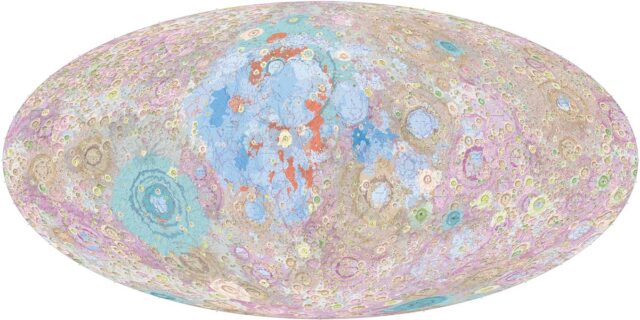 This geologic map of the Moon released in 2022 by China is the most detailed global map yet published and includes information gleaned from the 2020 Chang’e-5 mission.
Credit:
J. JI ET AL / THE 1:2,500,000-SCALE GEOLOGIC MAP OF THE GLOBAL MOON 2022.
This geologic map of the Moon released in 2022 by China is the most detailed global map yet published and includes information gleaned from the 2020 Chang’e-5 mission.
Credit:
J. JI ET AL / THE 1:2,500,000-SCALE GEOLOGIC MAP OF THE GLOBAL MOON 2022.
In 2014, Lawrence and colleagues posited that some patches of irregular terrain in the middle of the dark plains, or mare, spotted by the NASA Lunar Reconnaissance Orbiter were the result of volcanism that kept going until less than 100 million years ago. “That is totally, totally surprising,” says cosmochemist Qing-Zhu Yin of the University of California, Davis.
The latest sample-return missions added more concrete evidence for recent volcanism. In 2020, the Chang’e-5 robotic mission landed in Oceanus Procellarum (the Ocean of Storms) — a spot picked in part because it looked geologically young given how few craters had accumulated there. Sure enough, the volcanic rocks brought home by that mission were found to be 2 billion years old, the youngest ever retrieved from the Moon. “That was big news,” says planetary geoscientist Jim Head of Brown University, who worked on NASA’s Apollo missions.
On top of this, when researchers trawled through thousands of glass beads found in the Chang’e-5 soil samples, most of which are thought to have been created by impacts, they identified three that were volcanic—and only 120 million years old. This finding was published just last year and still needs to be verified, but if such recent dates hold up, they suggest that the Moon might still be capable of producing deep magma even today, Yin says.
All this indicates that the Moon might not have cooled as fast as everyone thought it did. It’s also possible that some of the younger volcanism could have been powered by radioactive elements underground, which can generate enough heat to form magma and are known to be prevalent in certain patches of the Moon. This could explain the 120-million-year-old volcanic glass beads, for example. But not all the early volcanism can be explained this way: The Chang’e-5 volcanic rocks, along with some 2.8-billion-year-old volcanic rock brought back from the far side by Chang’e-6, came from source rocks not enriched with these elements.
“It throws up more questions than it answers,” Neal says. “It’s job security for people like me — we now have new questions to address.”
Lunar exploration ahead
Untangling these mysteries is challenging with so much of the Moon unexplored: While about 850 pounds of Moon rock and soil have now been brought back to Earth, it has all been from just a handful of sites.
Chang’e-6 expanded this picture by bringing back the first samples from the Moon’s far side, taken from the South Pole-Aitken Basin, the satellite’s largest, deepest and oldest impact crater. Researchers are keen to use these samples to start determining why the far side is so dramatically different from the near side. The questions that remain unanswered are why the far side has a thicker crust and is nearly devoid of mare from ancient lava oceans when compared with the near side.
NASA’s Artemis III mission, planned for 2027 (though that could change), aims to break more new ground by landing astronauts near the Moon’s south pole—in a spot that is more representative of the Moon’s typical geology than the Apollo sites—and bring home a bonanza of 150 to 180 pounds of samples.
This site should provide fresh geological insights, along with more information about lunar water. In 2018, scientists analyzing orbital mapping data confirmed that there is water ice at the poles—but in what form no one yet knows. “Is it frost on the surface? Is it discrete patches underneath the surface? Is it absorbed onto mineral grains? Is it baked into the regolith like cement?” says NASA’s Juliane Gross, who is helping to develop the plans for lunar sample collection and curation for the Artemis science team. “We don’t know.”
What the Artemis astronauts find could inform ongoing projects spearheaded by China and the United States to establish permanent bases on the Moon, which could benefit from the south pole’s water. “That’s stuff you can breathe, that’s stuff you can drink, it’s rocket fuel,” Lawrence says.
Lunar quarry
In addition to water ice, other potentially mineable resources on the Moon have garnered attention, particularly helium-3. This stable isotope of helium is far more plentiful on the Moon than on Earth and could be an ideal fuel for nuclear fusion (if physicists can get that process to work). Commercial enterprises seeking to mine the Moon have popped up, including Seattle-based Interlune, which plans to bring helium-3 back to Earth in the 2030s, followed by other resources such as rare earth elements needed for technologies like batteries. But when lunar mining will be a reality—considering the logistics, the economics and the legal concerns—is an open question, Lawrence says.
While some people find the idea of mining the pristine Moon distasteful, there could be side benefits for mining on Earth, Neal says. With polar temperatures around -230° C (-380° F), lunar mining would have to be done without fluids. Developing the technologies needed for fluid-free mining could mitigate environmental concerns about wastewater and tailing fluids from mining on Earth. “Just think how you could revolutionize mining on this planet,” he says.
But first, researchers need to simply find out more about the Moon, its history, its geology and the possibility of extracting resources—and that requires up-close exploration, which is sure to bring more surprises. “Once you’re on the ground, you’re like, oh … what’s this?” Gross says. She’s hoping the astronauts can bring home a large haul. “The more they return, the more we can do.”
This article originally appeared in Knowable Magazine, a nonprofit publication dedicated to making scientific knowledge accessible to all. Sign up for Knowable Magazine’s newsletter.
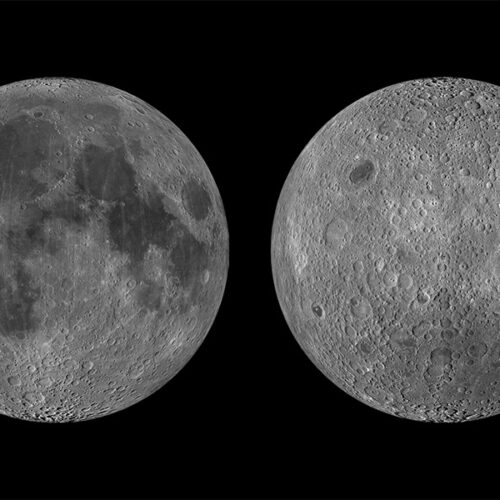
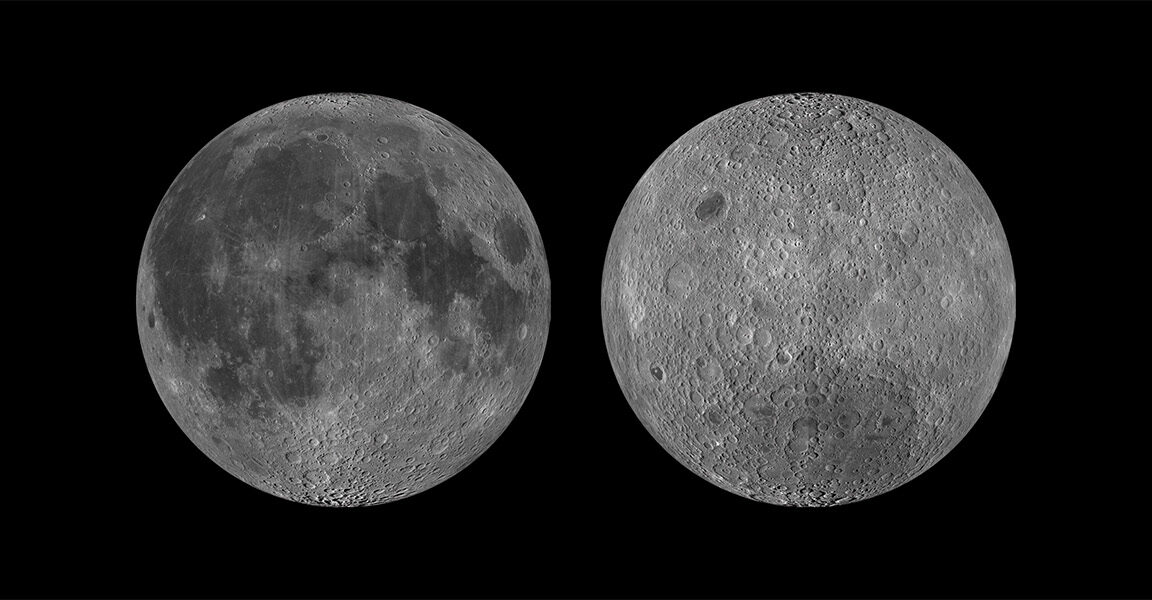
© NASA / GSFC / ASU
